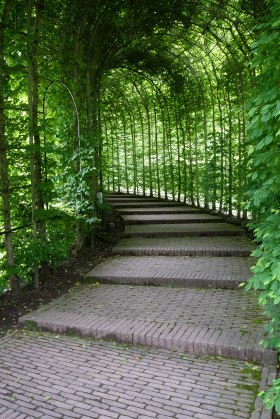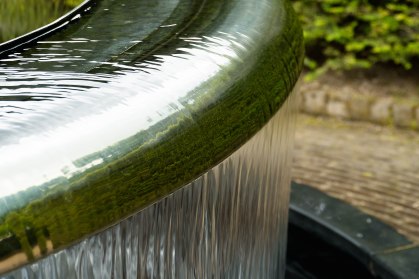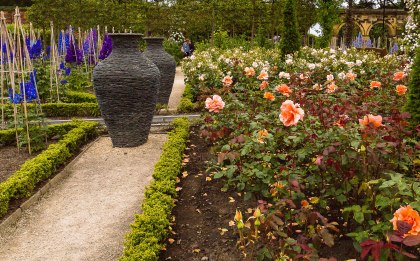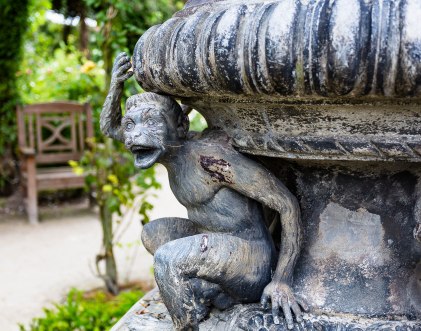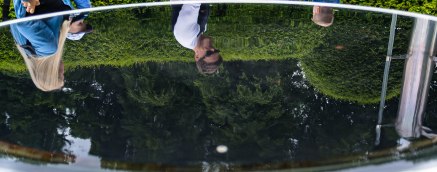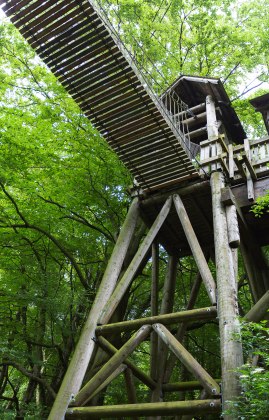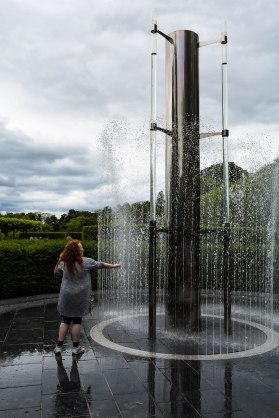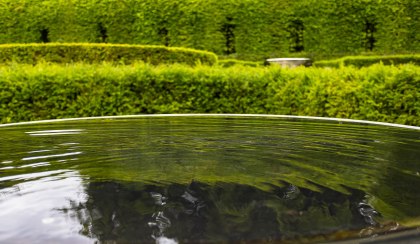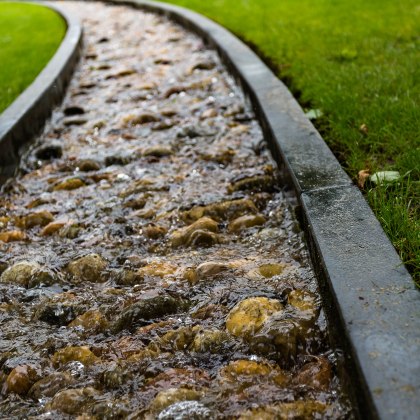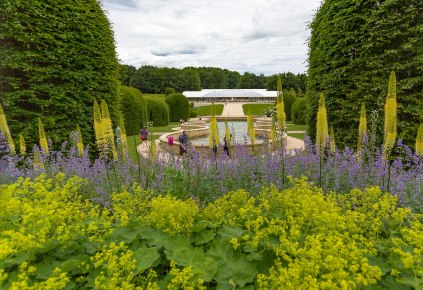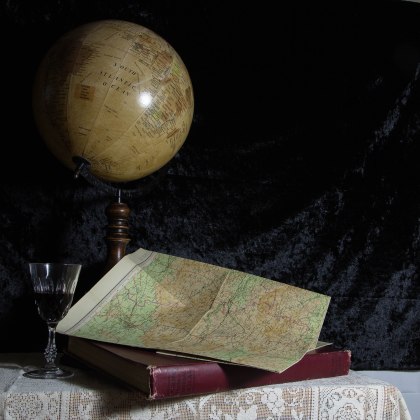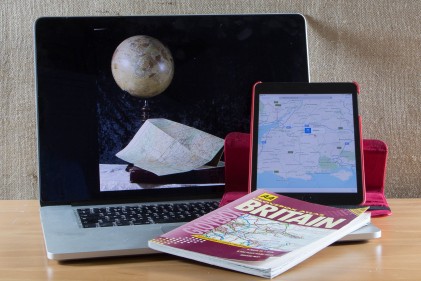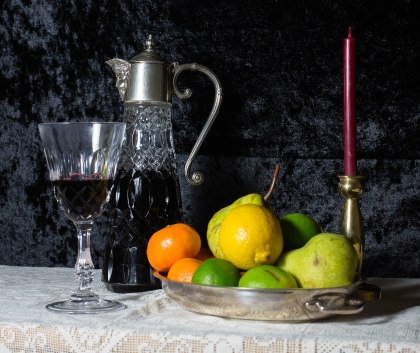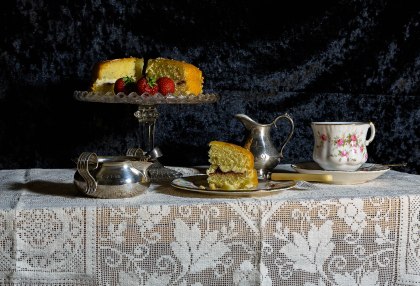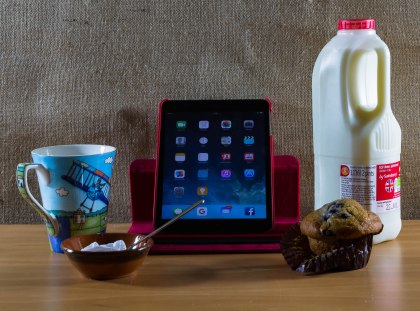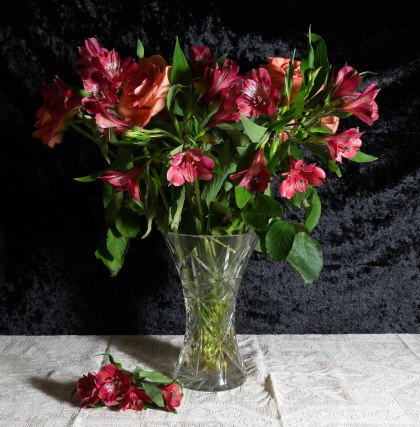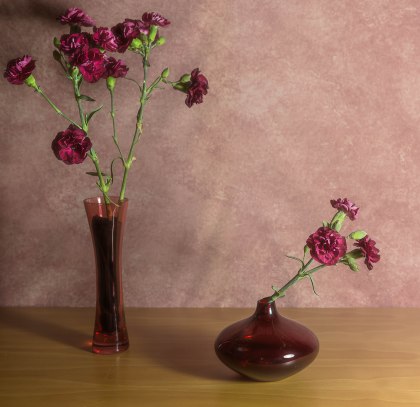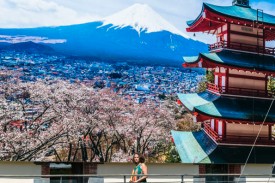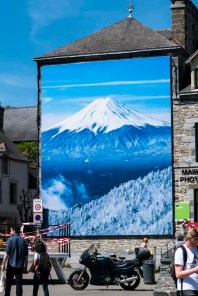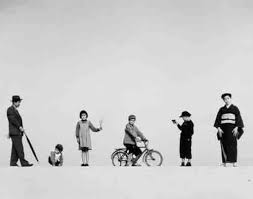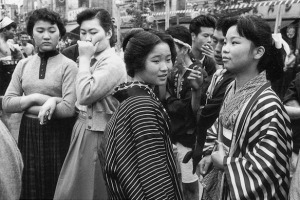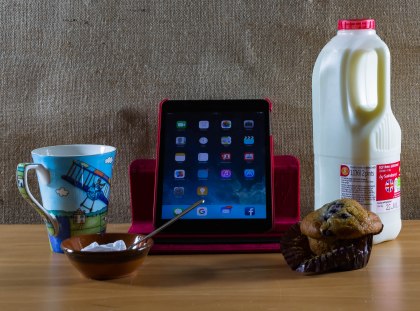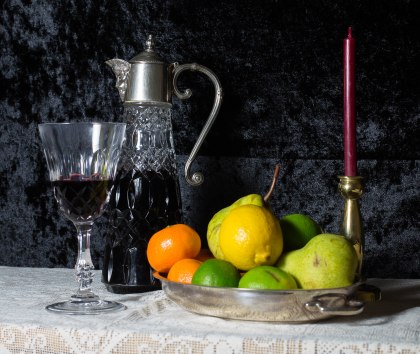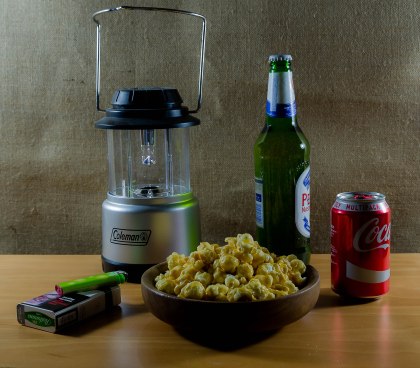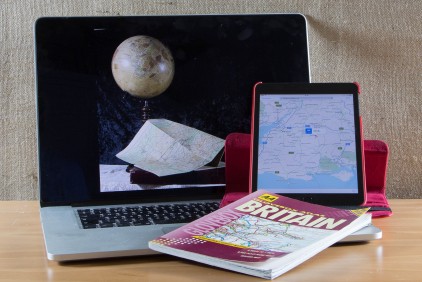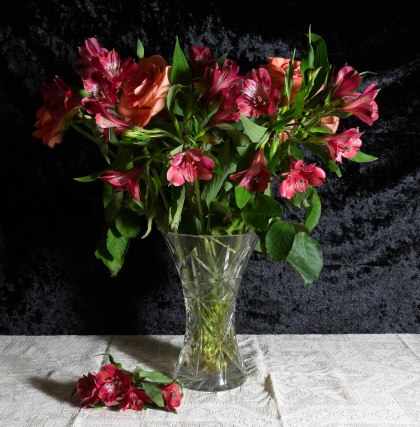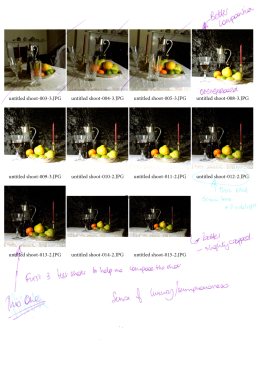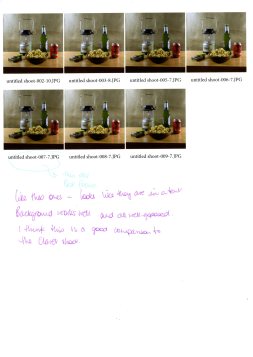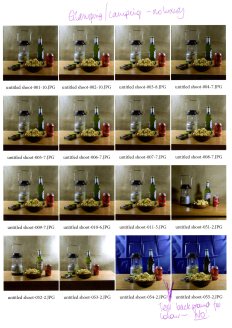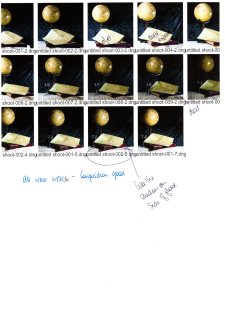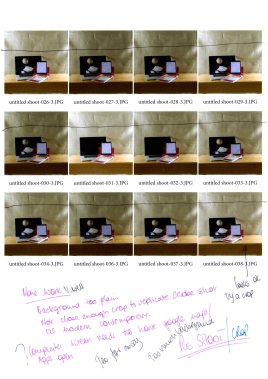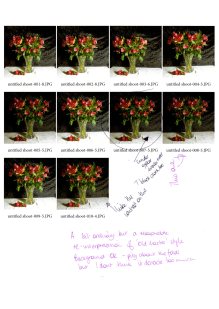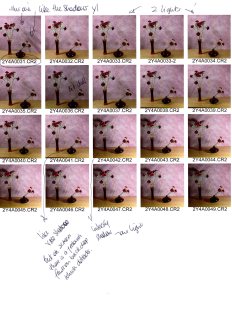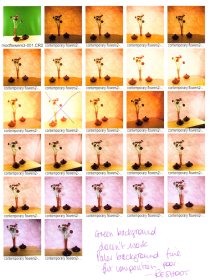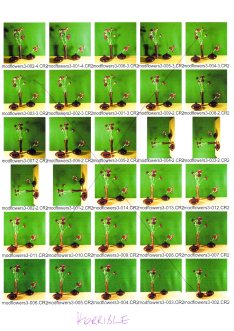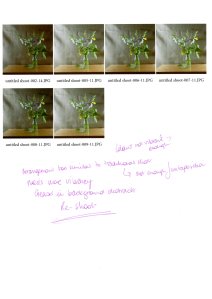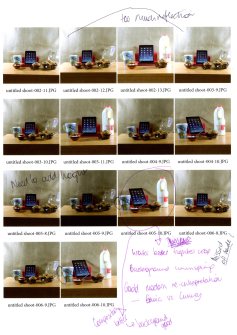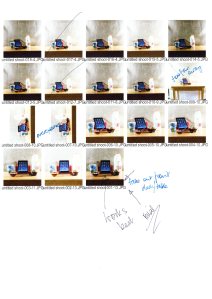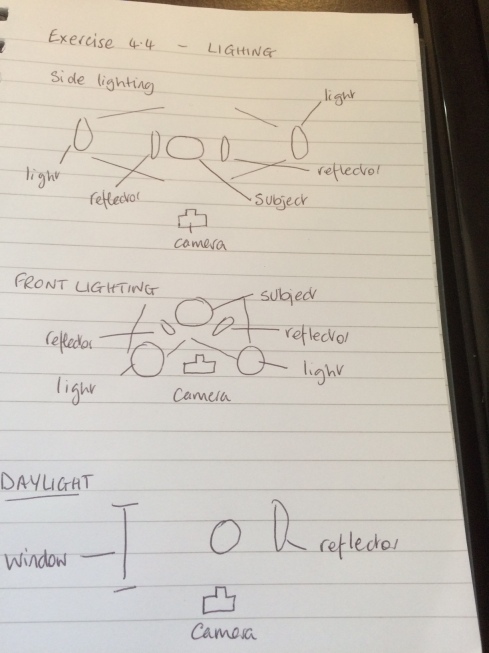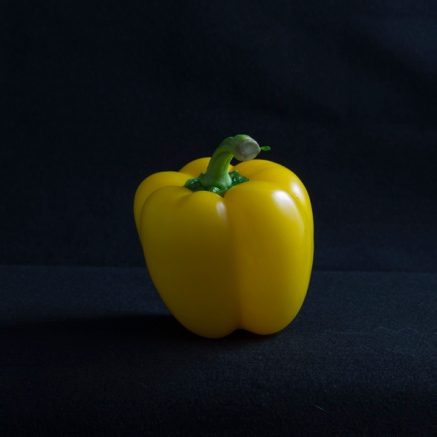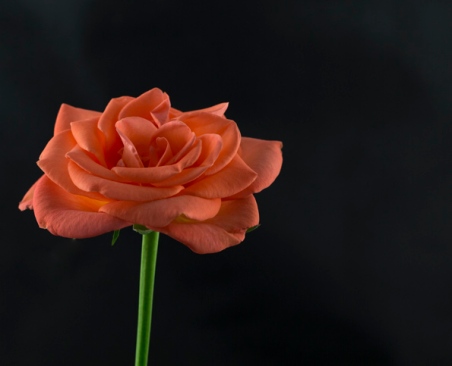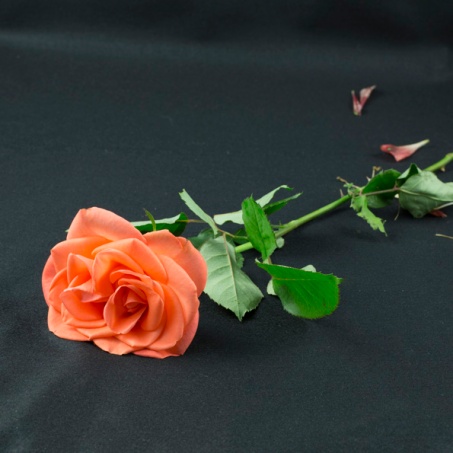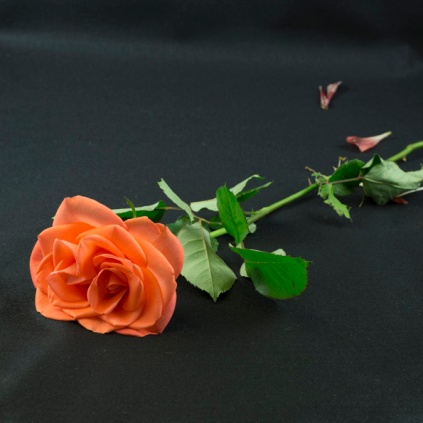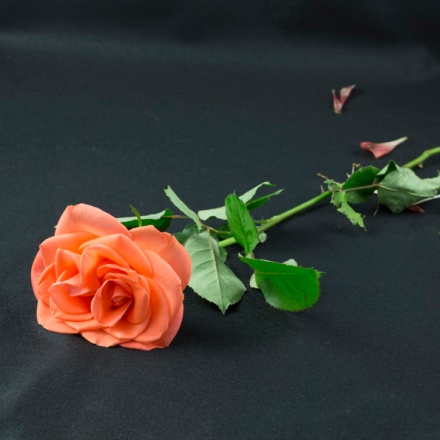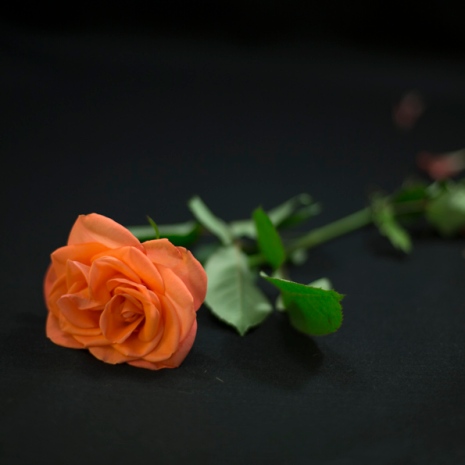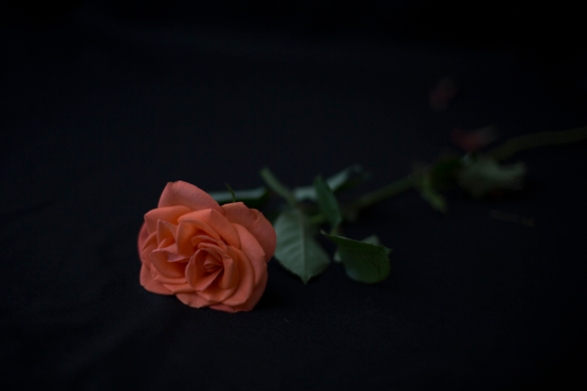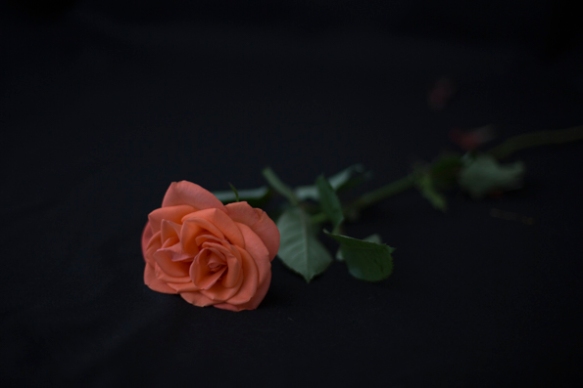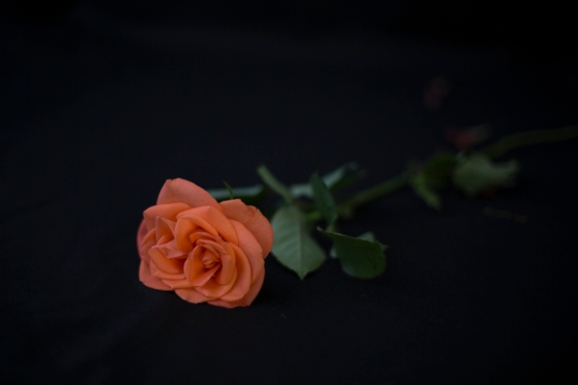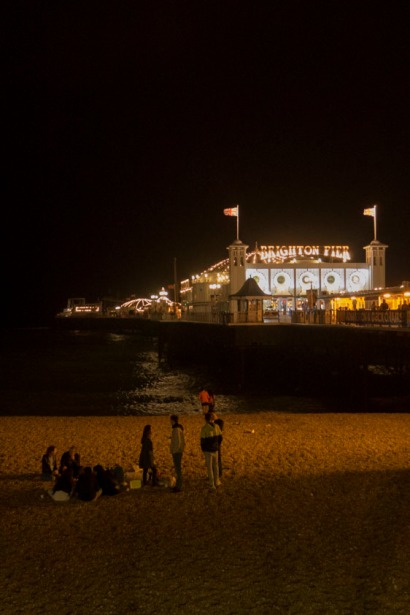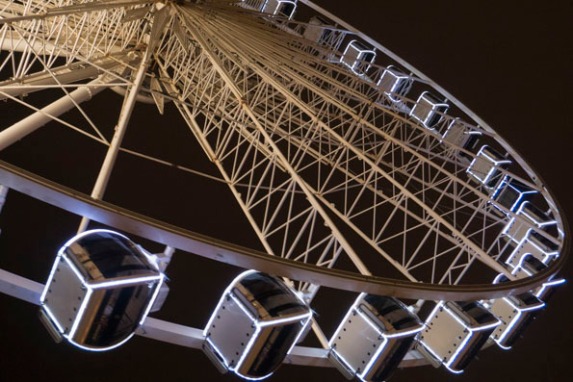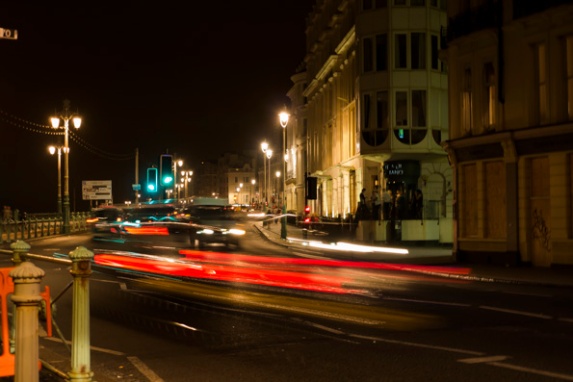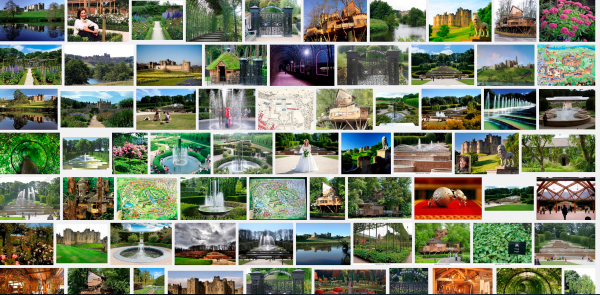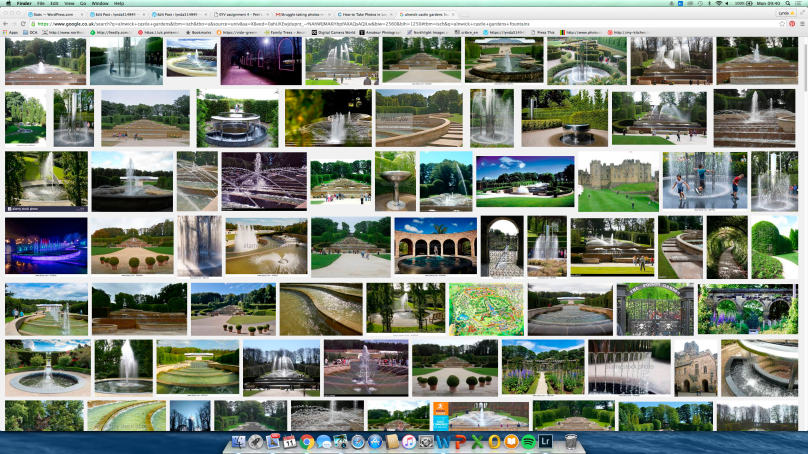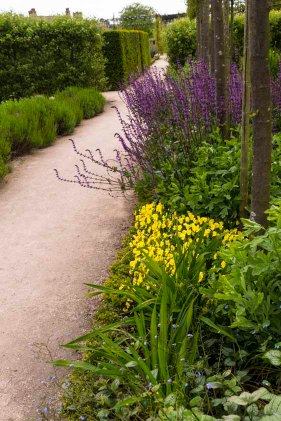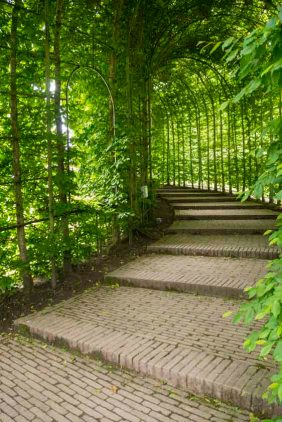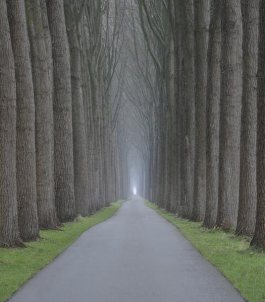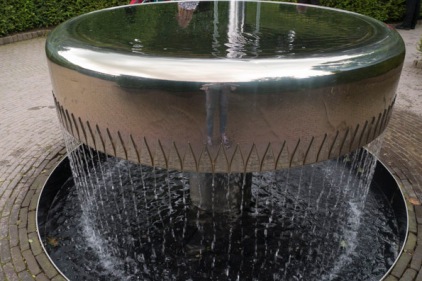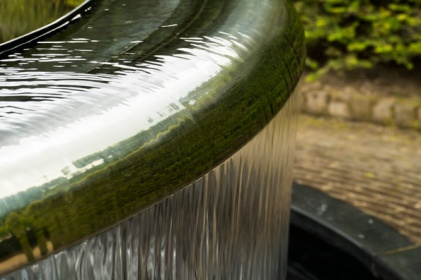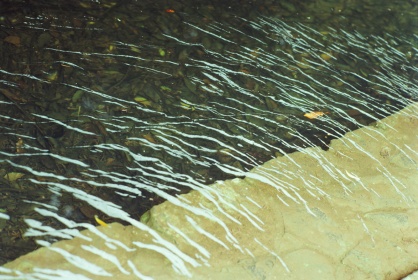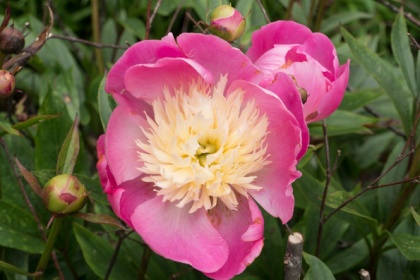Use your camera as a measuring device. This doesn’t refer to the distance scale on the focus ring(!). Rather, find a subject that you have an empathy with and take a sequence of shots to ‘explore the distance between you’. Add the sequence to your learning log, indicating which is your ‘select’ – your best shot. When you review the set to decide upon a ‘select’, don’t evaluate the shots just according to the idea you had when you took the photographs; instead evaluate it by what you discover within the frame.
For this exercise I visited Alnwick Garden. Situated within the grounds of Alnwick Castle, and is part of the Duke of Northumberland’s Estate. The Duchess of Northumberland created it in 2001, from an original garden by Capability Brown which had fallen into disrepair. The garden is a series of formal gardens with complex planting and formal structures. As a keen gardener the distance between my dream garden and this vast area of cultivated land is immense. I was interested in the combination of planting and structural designs. The elaborate fountains are integrated into the planting plan and provide an interactive opportunity for visitors.
I found myself drawn to the structures in the garden, some of them created with the plants themselves. This was unexpected as I had imagined that I would be taking lots of shots of flowers and plants.
I took this image because I liked the leading line and the enclosed pathway created by the arched beech tunnel. I am wondering what lies behind the bend in the pathway in this shot. I had not expected there to be lighting in the tunnel, seen here below the white box on the left hand side, because the garden is only open during daylight hours. This left me wondering why?
The garden is famous for its water features, and many of them are purely decorative. I was drawn to those which had curtains of water falling from a flat surface and once again, found myself wondering what was behind the screen of water and wanting to get behind it, hiding, looking out onto those passing by. I took several shots of this type of fountain and in particular liked the line of the fountain rim showing what appears to be a gentle fall of water but which was in fact a massive amount of water, creating quite a lot of noise. Again, an unexpected find, as I assumed that the use of water in a garden was to provide a more relaxing type of noise
Even within the formal flower gardens there is structure to the design and structures within the design. These enormous vases are an example, and the contrast between the peach roses and the blue delphiniums both in colour and size was an interesting discovery. The vases are built-in with unique stone slabs which host an array of colours complementing the flowers. Who made these solely decorative and extravagant pieces of art? Although I had visited the garden previously, I had not noticed the vases (my photographs show that they were there), and I realised that gardens can provide a surprise for visitors and viewers.
.
Because of the size of the garden the scale of the structures within it are also very large and I was drawn to this monkey because of his face (one of three), holding up and enormous urn . I couldn’t decide if he was laughing or trying to scare people away. Although, the garden is only 15 years old the patina on the urn was well established and it looked like it had been there for hundreds of years, which made me wonder if it had been an original included in the Capability Brown design.
In this cropped shot the flatness of the water provided a lovely mirror to catch the reflections of passers-by. The feature was in a circle of enclosed planting which meant it was impossible to capture the people and their reflections. I initially rejected this shot but really like the effect and decided to crop it to lose the torso of the people, but left in the structure on the right which is a reflection of the fountain in another enclosure. I was tempted to turn the shot on its head to replicate a mirror but decided to leave it because it creates a mystery about the people and why they might have been there.
The garden is also famous for its enormous Treehouse restaurant. I was disappointed not to be able to get a decent view of the Treehouse because of the foliage growth around it. However, down a track behind it I found a series of walkways and rope bridges, built just for fun for visitors to enjoy when visiting the restaurant and cafe within the building. The tower gives an idea of the scale of the building.
Although, technically this isn’t a great shot, I wanted to demonstrate the way the structures provide interaction for the public. On a previous visit the day was hot and sunny and the fountains were full of children fully clothed which was surprising. I don’t think I would have allowed my children to dive in and out of water fountains when they were small but it appears with the development of this type of water feature around the country it is more acceptable than 30 years ago.
Just before I visited the garden on this occasion I had been studying Ernst Haas and this is an example of Homage to his photography. I asked the girl in the previous shot to swirl the water so that the ripples were coming toward me but it didn’t really work so I created the ripples myself. The now previously flat surface of the water is disturbed but still creating a sense of calm. This is perhaps the way I might describe how I felt about the garden.
One of the streams leading to the main fountain is stone bottomed which provides a lovely surface for the water to bubble and tumble over. Like all of the structures they have been carefully created to provide interest. Some are straight, and some like this one are gently curved. In contrast to the fountains with the flat surfaces this creates a sense of excitement and left me wondering where it was going and what I was going to find when I got to the source at the end of it.
My selection. In terms of the brief of the exercise all paths and streams lead to this point. The Grand Cascade. Here I am waiting for the fountains to start and I have distanced myself from it and the other viewers. I am behind a bank of plants and the other people are unaware of my presence. They are all getting on with their own thoughts about the garden. The man in the mid ground is pushing a wheelchair and talking to the person in it, the person behind the central yellow flower had their arms folded. What are they saying to the person almost completely hidden behind the plants? There is a woman in the central ground with her arm on the back of a child. In front of them is a couple, one sitting and one standing, and then the child in the centre at the bottom of the cascade is standing with her hand to her face, waiting in anticipation for the spectacle.
All in all the distance between me (the photographer) and these shots has surprised me. From the scale of the garden, the clever designs using structure and planting that I would never have considered, through the discovery of the many paths, tunnels (including a bamboo maze) leading me to another surprise, of the distance between me, there for the purpose of taking shots for this course and all of the other visitors, there for their own reasons. A very revealing exercise for me.

